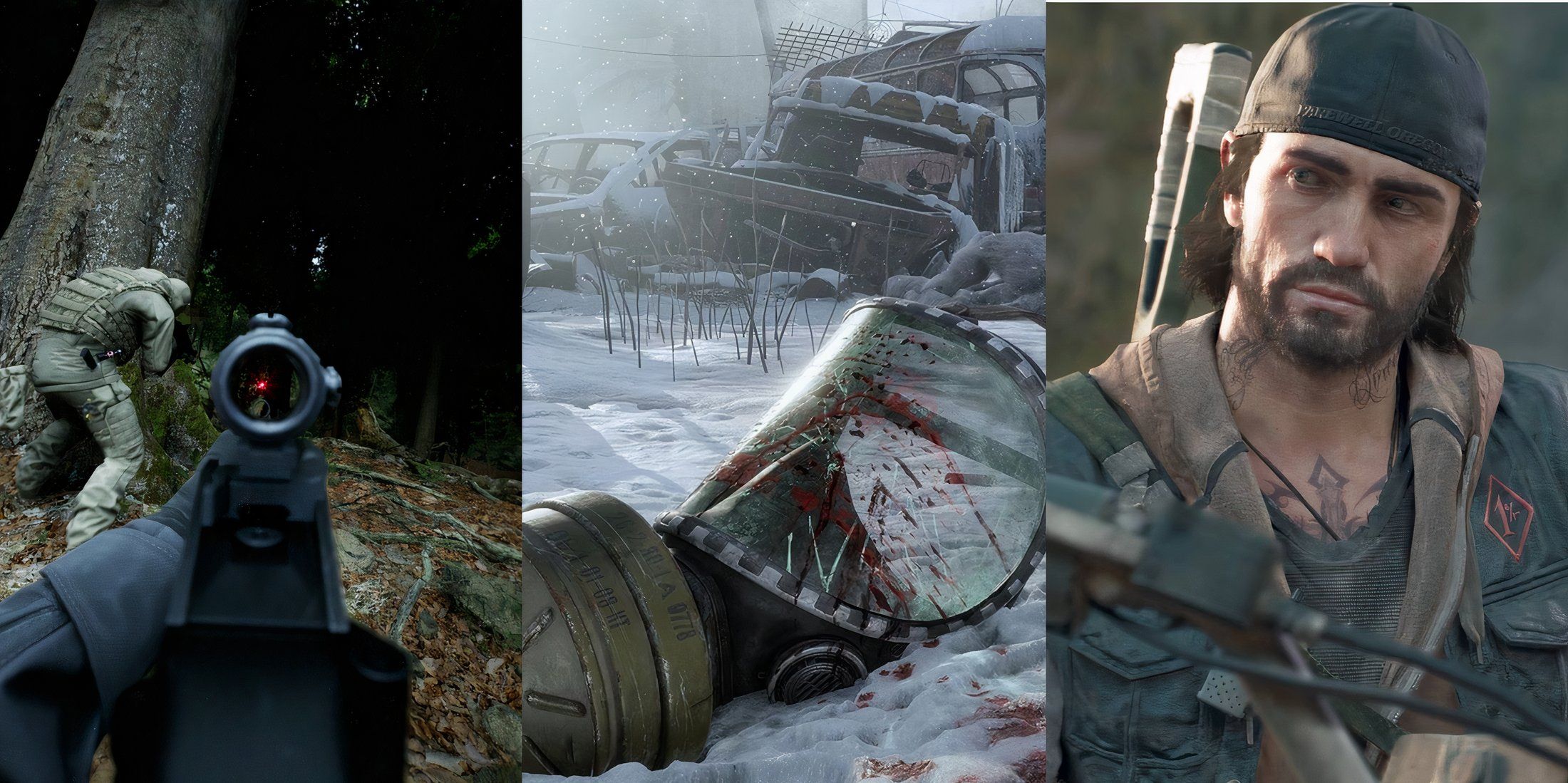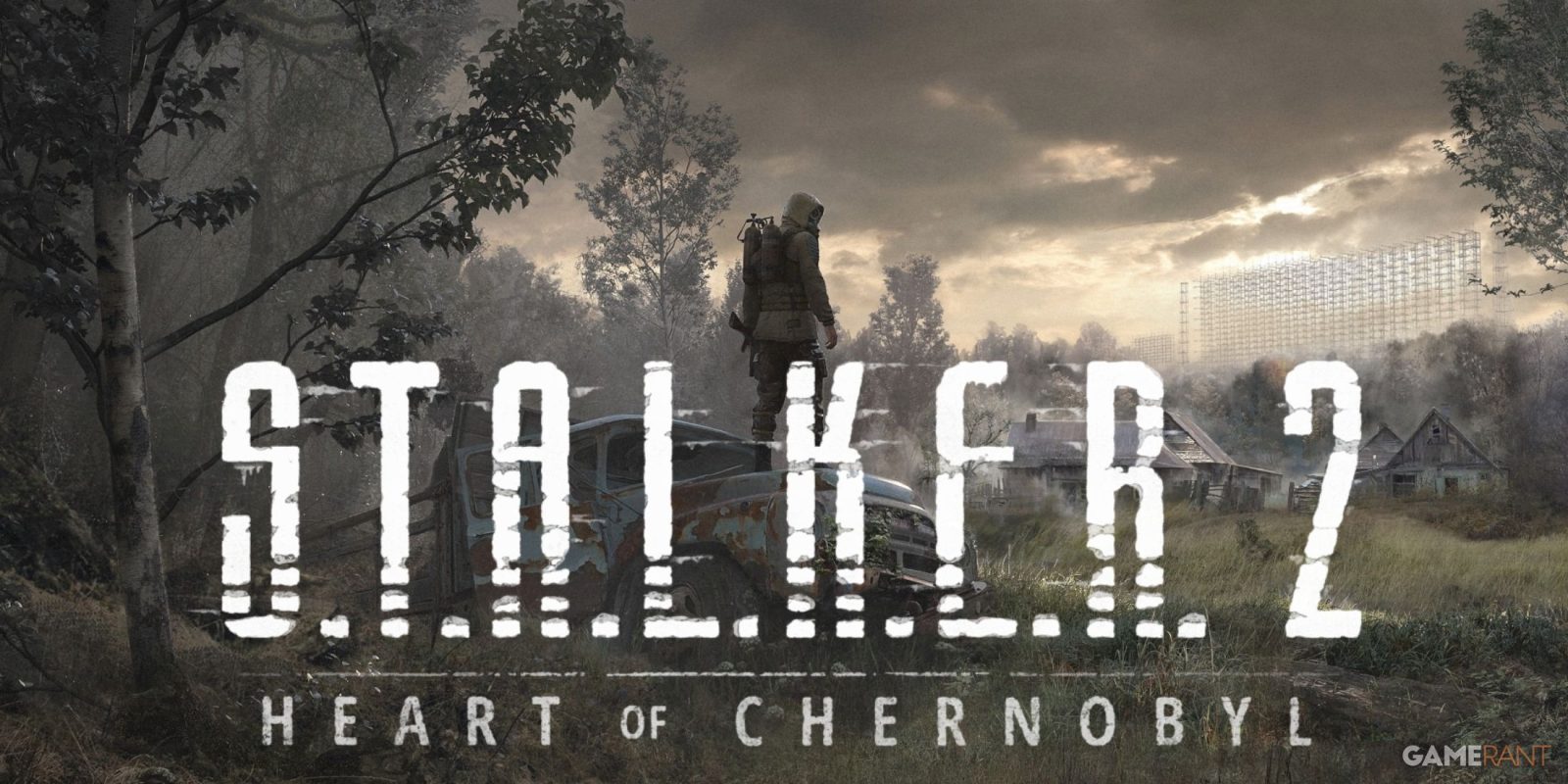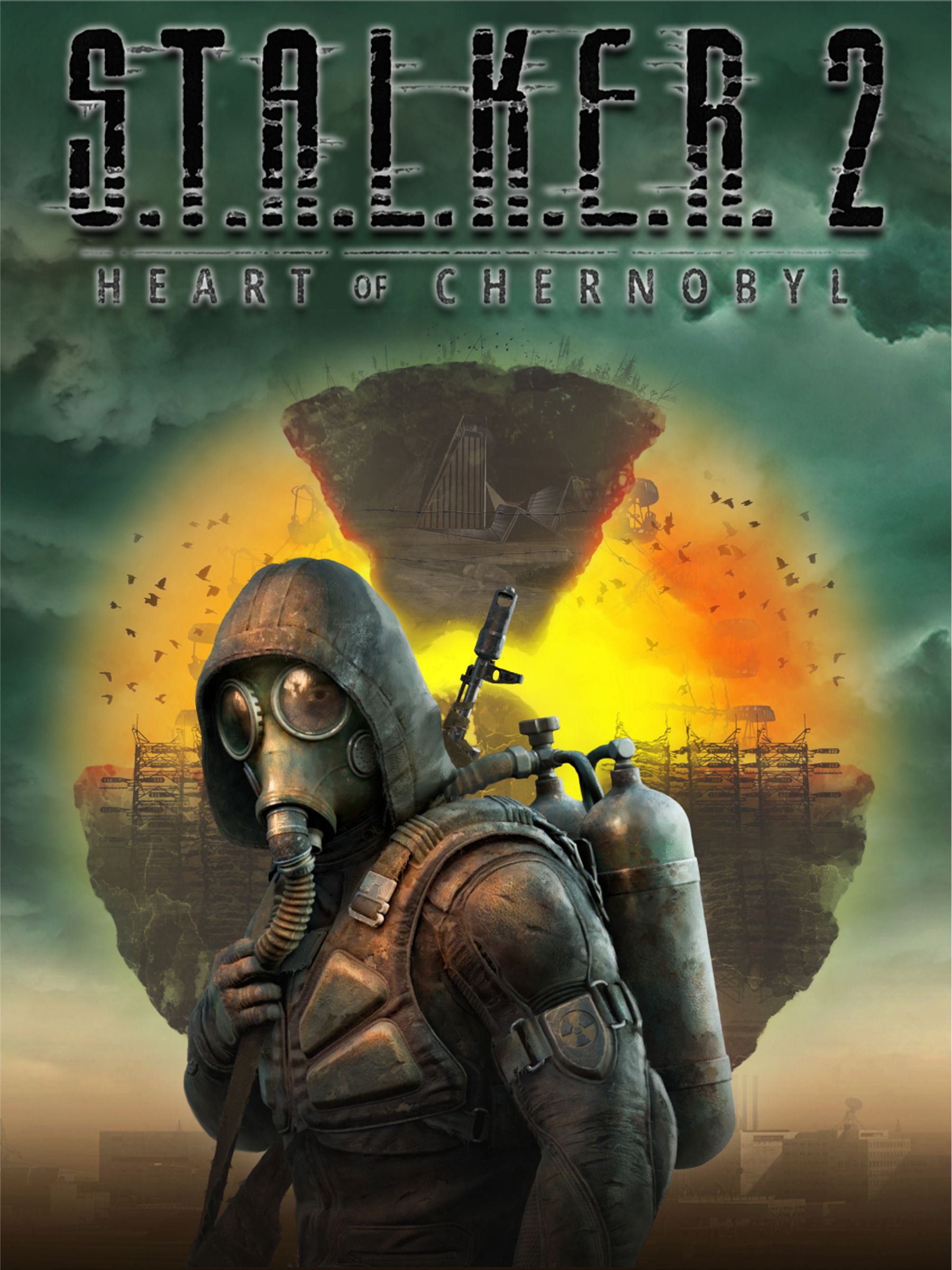Upon its 2007 debut, the STALKER series gained a cult following in the West. One of the biggest reasons behind this success was the high level of player-freedom that STALKER offered. But that freedom also came with a high level of difficulty. Players were thrown into the perilous Zone and given very little guidance about where they needed to go, or how they were supposed to get there, and it was up to them to learn the game’s mechanics along the way. STALKER 2 is a little bit more lenient.
While STALKER 2 is still a very challenging game that offers a high level of player-freedom, it’s slightly more forgiving than its predecessors. That leniency is especially apparent with STALKER 2‘s survival mechanics, which remain a core part of the gameplay experience while being presented in a much more manageable way.

Related
8 Post-Apocalyptic Shooters to Try if You Liked Stalker 2
If Stalker 2’s grueling gameplay hit a spot, why not give these other post-apocalyptic shooters a try? Here’s which games will scratch the same itch.
STALKER 2’s Survival Mechanics Are a Core Part of the Gameplay Loop
Survival Mechanics Are Hard to Get Right
The first few hours of a survival game are vital. Even in some of the best survival games, players are often thrown in at the deep end upon booting it up for the first time. Players are often given nothing more than their bare hands, and are tasked with surviving by any means necessary.
Within a few minutes, players will likely be bombarded by an array of different meters that they suddenly need to manage, such as hunger, thirst, and heat. Letting these meters fall too low will result in a status effect being applied to the player-character. To manage these meters and avoid a fatal status effect, players will often need to engage with a crafting system, which itself can occasionally be quite complex to navigate and understand.
While some players thrive in these stressful circumstances, many find the opening hour or so of a survival game to be simply too overwhelming. This is especially the case when the game’s survival mechanics aren’t explained properly.
How STALKER 2’s Survival Mechanics Strike The Right Balance
Thankfully, STALKER 2‘s survival mechanics are explained quickly and thoroughly. During its 30-minute or so prologue, STALKER 2 gradually teaches players its core survival mechanics one by one. Players are introduced to a status effect such as bleeding or encumbrance, and then they’re immediately shown exactly how to cure it. This gives players a quick and clear understanding of how to survive in STALKER 2‘s world.
With that knowledge in mind, players know what consumable items they should be on the lookout for while exploring. This fuels STALKER 2‘s core gameplay loop, as in order to survive and progress in the Zone, players need to make sure they’re thoroughly exploring environments and finding the necessary consumables.
This gameplay loop is a key part of the STALKER series’ identity, with it going hand-in-hand with its post-apocalyptic setting and with it deepening the game’s immersive sim-like qualities. But in carefully teaching players these core survival mechanics from the very start of the game, STALKER 2 is able to retain its identity and high level of immersion while making sure players aren’t overwhelmed in the wrong ways. The abundance of consumables littered throughout STALKER 2‘s Zone also ensures that its survival mechanics never get in the way of the action or story for too long.














Leave a Reply